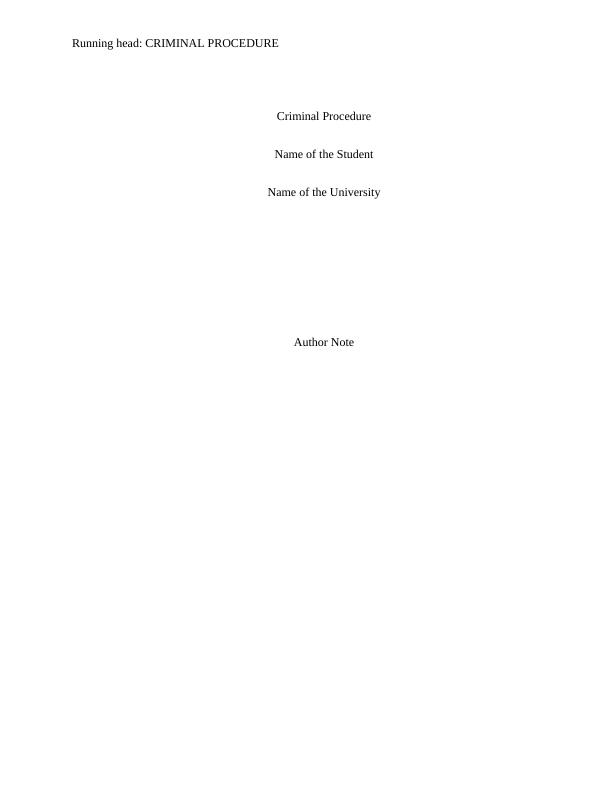Exclusionary Rule and Its Application in Criminal Procedure
Added on 2023-06-11
4 Pages671 Words376 Views
End of preview
Want to access all the pages? Upload your documents or become a member.
Motion to Suppress
|6
|1049
|93
Exclusionary Rule in US Constitution
|11
|2373
|126
The Fourth Amendment of the US
|6
|757
|15
Search and Seizure Case (Doc)
|4
|636
|109
Subject: Criminal Justice.
|3
|389
|293
The Fourth Amendment and Right to Privacy: A Legal Analysis
|5
|944
|410


